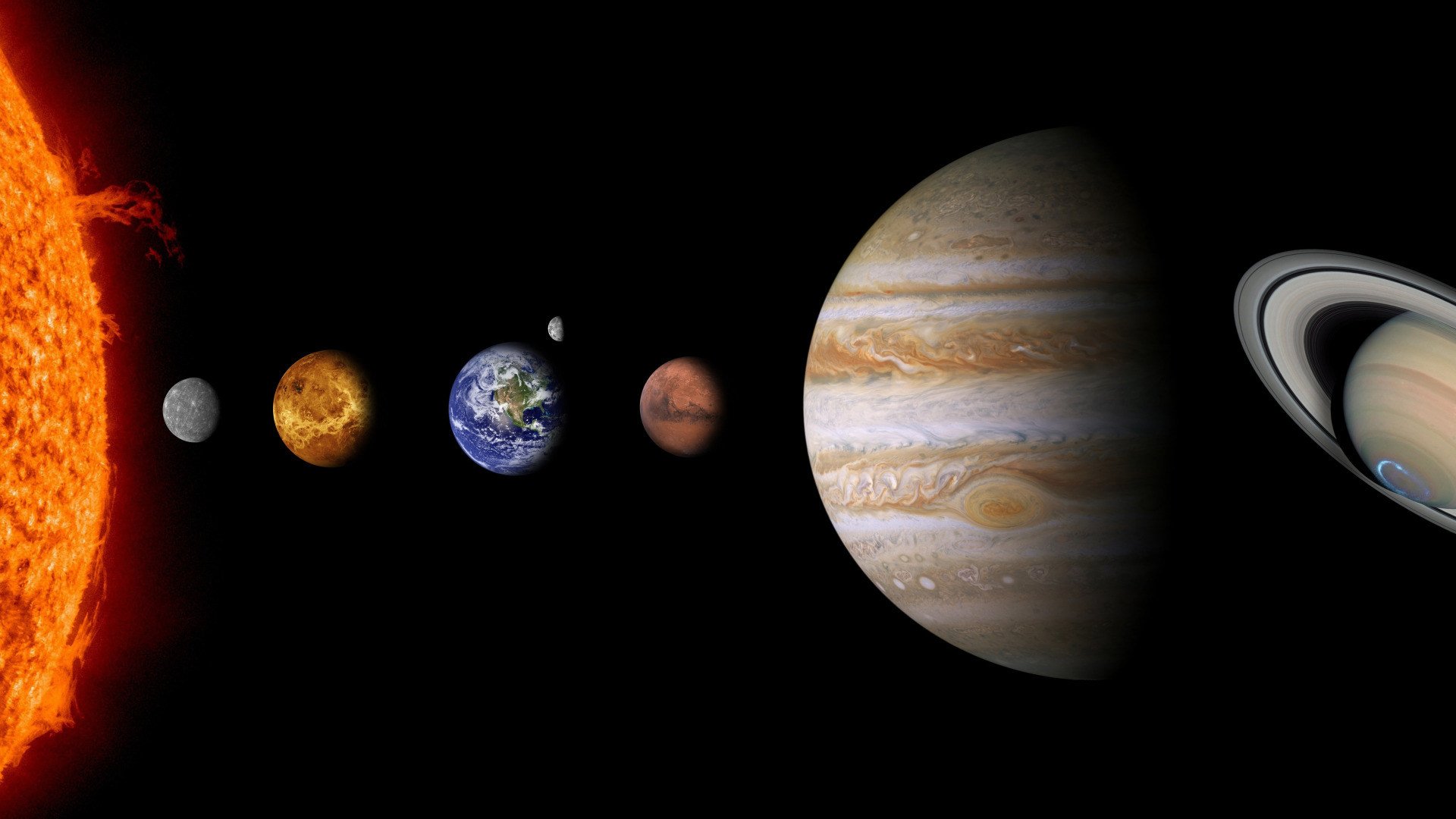NASA’s Parker Solar Probe, which is primarily intended to provide data about our star, is currently in the region close to the Sun. This contains an on-board camera called the Wide-Field Imager, or WISPR, which is actually used to capture solar flares in the image and make it easier to analyze. The camera sensor specializes in capturing visible light that enters little into the infrared.
This is the exact configuration Maybe To penetrate the usually opaque atmosphere of Venus – not during the day, but in the place where the surface of the planet has already dipped at night. The surface of Venus is so hot that it still lights up after the end of the day. This then reveals an additional impression of the surface when viewed from the outside.
Parker Solar Probe provides images of the surface of Venus
Parker excited investigation
When the images were compared with previous radar scans of the surface, it became clear that the structures that could be seen as shadows were not cloud formations of a different color. Instead, higher regions are found to be cooler and correspondingly appear darker in WISPR images. But different mineral compositions can also be identified in this way.
NASA scientists are very impressed with the results the probe has provided so far. “Parker continues to exceed our expectations, and we’re excited that these new observations made during our gravity-assisted maneuver may advance Venus research in unexpected ways,” said Nicola Fox, head of the US space agency’s heliophysics division.
See also:

“Total coffee aficionado. Travel buff. Music ninja. Bacon nerd. Beeraholic.”









More Stories
Coral Seeding: Artificial Insemination Makes Coral More Heat Tolerant
Fear, Anger, and Denial: How People Respond to Climate Change – Research
LKH Graz: Using radiation to combat heart arrhythmias